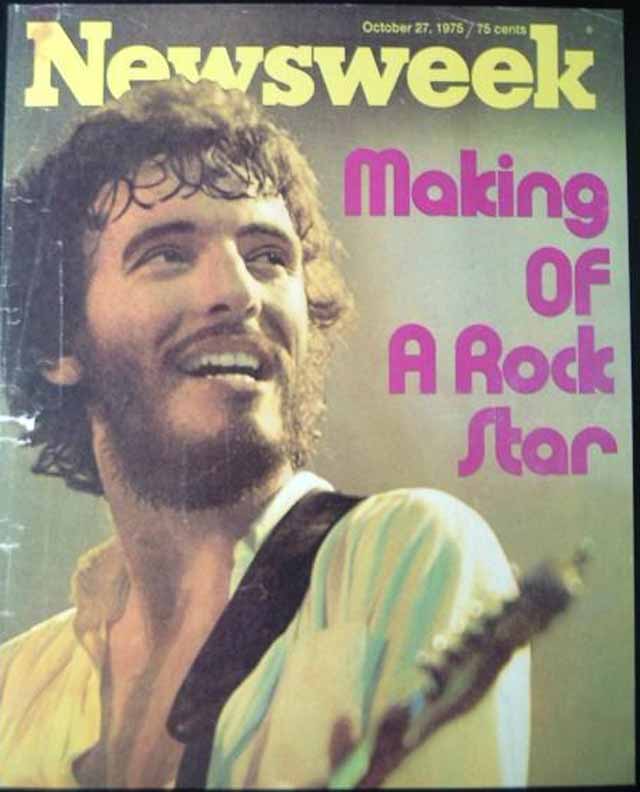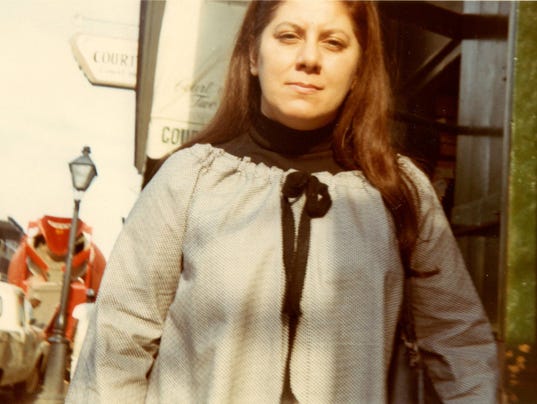Blake was all bullshit except for the bomb. His baby-bald scalp burned bacon-red, the same color as the tips of the Bull Brands he smoked. Extras poked from the slash pocket of his frayed Army field-jacket, sleeves cut at the shoulders. Yard-sale purchase: Blake wouldn't last a minute as a soldier. But his harms about the bomb were the truth; he worked as a physicist at Los Alamos to develop the bomb tested in the Alamogrodo desert. In July 1945, Blake watched New Mexico burn. Now he was back to see what was left….
Blake's pickup clunked over wooden bridge that threatened to crumble into the threadbare Rio Grande below. Grama grass clumped in bunches along Route 380, flanked by tan, jutted rocks, green and yellow flowered creosote patches, mesquite thickets, and barbed cholla cactus.
A dragonfly imprinted on his windshield, and the free wing flopped in the wind. Blake looked past the dead bug to see the first sign on the bare highway: STALLION SERVICE ROAD. The south-running paved road was gated shut. The test site and the surrounding area was now the White Sands Missile Range, where missiles were proved for most days, but the gate did open twice a year to a herd of visitors. They stood in the rock-blown casing and took photographs of trinitite: rock-glass formed during the test. But Blake hadn't come for the two-dollar tour. Blake had come to feel the real, bare desert, after hours.
…..from Ember Days by Nick Ripatrazone, Bridgewater
Okay, let's start with the title Ember Days. It suggests the end of something, leftovers after a conflagration. It is connected, then, with what remains after the nuclear testing conducted in the New Mexican desert seventy years ago. Embers can contain live coals and the remnants of what was. coaxed back into life, embers can start the whole thing up again. Are these the embers that Nick Ripatrazone names his new book after?
 It is also possible for the embers to be the transition between things. Long ago, Catholic tradition included "Ember Days" as days of fasting between seasons, probably linked to Celtic seasonal festivals. A sort of Lent before the newness of a season signaled change four times a year. (We are actually in Ember Days right now, the week between Pentecost Sunday and Trinity Sunday. That's why I saved this review for this week. This is the Trinity Site in New Mexico, our national obelisk dedicated to the atomic bomb: "the world's first nuclear device was exploded here.")
It is also possible for the embers to be the transition between things. Long ago, Catholic tradition included "Ember Days" as days of fasting between seasons, probably linked to Celtic seasonal festivals. A sort of Lent before the newness of a season signaled change four times a year. (We are actually in Ember Days right now, the week between Pentecost Sunday and Trinity Sunday. That's why I saved this review for this week. This is the Trinity Site in New Mexico, our national obelisk dedicated to the atomic bomb: "the world's first nuclear device was exploded here.")Ripatrizone's title for the novella and collection of short stories that construct Ember Days indicates that the stories inside contain the remnants of passion, politics, and life that could once again ignite if coaxed by a character, reader or writer. The title also lets us know something about the space between what was and what is in a Venn diagram of time. As in a collection by Raymond Carver, the stories are not connected by character, but they are linked by a bombed-out feeling of realizing the truth too late. Like Carver, Ripatrizone walks characters quietly through stores, letting them get some of that desert dust on them to show where they have been. Unlike Carver's though, Ripatrizone's characters have the opportunity to redeem themselves and atone for their past sins. Sometimes they do not take that chance, as in the final story "The Cribbing Collar."
There are also embers of All the Pretty Horses by Cormac McCarthy in this work, a Western aimlessness of beautiful horses and crummy cars. I was also reminded of Hemingway's "The End of Something," one of the Nick Adams stories in which the unsaid rises above all language between the characters. No grandiose disappointments, no great dreams crushed. Just moving on through the barrenness made even worse by someone else's bomb blasts.
Read Ember Days and watch this movie. You'll see what I mean.
Today's Writing Prompt:
Walk around a few rooms of your house or apartment. Summon up the images if things that have happened there in the past. Think about how those events affect you now, or not. What bomb blast did you endure? What, if any, barren place has it left behind?
Keep reading and writing,
Maureen

























_-_Google_Art_Project.jpg)
